| Selo | AuthorHouse |
|---|---|
| Edição | 0 |
| Idioma | Inglês |
| Autores | J. Marc Merrill |
| Acabamento | Capa Comum |
| Quantidade de Páginas | 346 |
| Origem | Literatura Estrangeira |
 At the Foot of the Mountain
At the Foot of the Mountain
Wipf and Stock Publishers
R$ 126,19 ou até 2x sem juros Getting to know Allah Our Creator
Getting to know Allah Our Creator
The Sincere Seeker
R$ 69,42 à vista Holy Bible
Holy Bible
Providence Press
R$ 250,13 ou até 3x sem juros Tell Them, The Beatles are Your Salvation
Tell Them, The Beatles are Your Salvation
Christian Faith Publishing, Inc.
R$ 93,79 à vista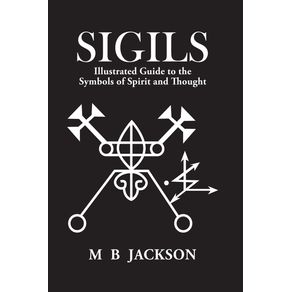 Sigils
Sigils
Green Magic
R$ 138,06 ou até 2x sem juros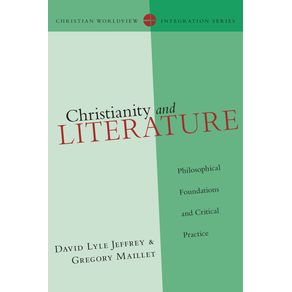 Christianity and Literature
Christianity and Literature
InterVarsity Press
R$ 189,34 ou até 3x sem juros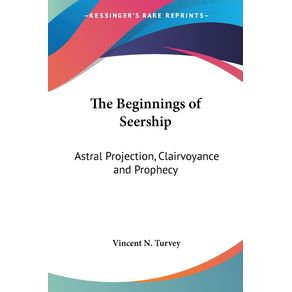 The Beginnings of Seership
The Beginnings of Seership
Kessinger Publishing
R$ 147,49 ou até 2x sem juros Creation, Power and Truth
Creation, Power and Truth
SPCK Publishing
R$ 112,88 ou até 2x sem juros Why believe in Jesus Resurrection?
Why believe in Jesus Resurrection?
SPCK Publishing
R$ 46,05 à vista Jesus and the Hope of the Poor
Jesus and the Hope of the Poor
Wipf and Stock Publishers
R$ 144,11 ou até 2x sem juros The Joy Of Breathing
The Joy Of Breathing
Gal Einai Institute
R$ 99,36 à vista After Life
After Life
Leal Publisher, Inc.
R$ 114,41 ou até 2x sem juros The Ten Commandments
The Ten Commandments
Life Sentence Publishing
R$ 134,04 ou até 2x sem juros Christ the Liturgy
Christ the Liturgy
Angelico Press Ltd
R$ 161,01 ou até 3x sem juros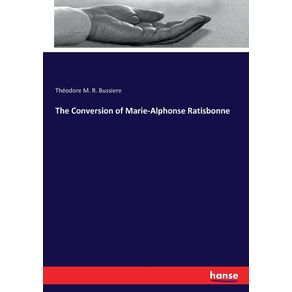 The Conversion of Marie-Alphonse Ratisbonne
The Conversion of Marie-Alphonse Ratisbonne
Hansebooks
R$ 162,20 ou até 3x sem juros MENSAGEIROS DO AMANHECER
MENSAGEIROS DO AMANHECER
Aquariana
R$ 72,90 à vista 2019, O Ápice da Transição Planetária
2019, O Ápice da Transição Planetária
FE Editora
R$ 49,90 à vista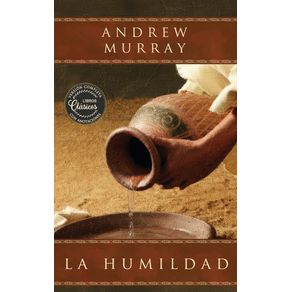 La humildad (La belleza de la santidad)
La humildad (La belleza de la santidad)
Eliud A. Montoya-Garza
R$ 128,80 ou até 2x sem juros Tell Them, The Beatles are Your Salvation
Tell Them, The Beatles are Your Salvation
Christian Faith Publishing, Inc.
R$ 93,79 à vista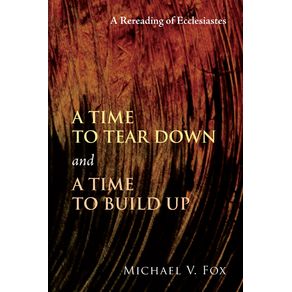 Time to Tear Down and a Time to Build Up
Time to Tear Down and a Time to Build Up
Wipf and Stock Publishers
R$ 128,76 ou até 2x sem juros Irish Witchcraft from an Irish Witch
Irish Witchcraft from an Irish Witch
Eel & Otter Press
R$ 128,00 ou até 2x sem juros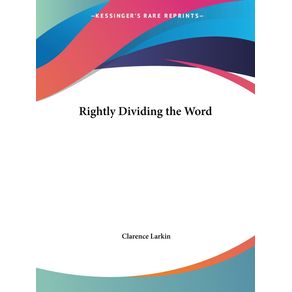 Rightly Dividing the Word
Rightly Dividing the Word
Kessinger Publishing
R$ 166,50 ou até 3x sem juros LIVING MAGICAL ARTS
LIVING MAGICAL ARTS
Thoth Publications
R$ 165,47 ou até 3x sem juros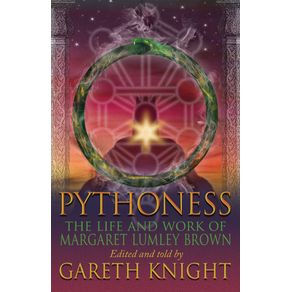 PYTHONESS
PYTHONESS
Thoth Publications
R$ 173,98 ou até 3x sem juros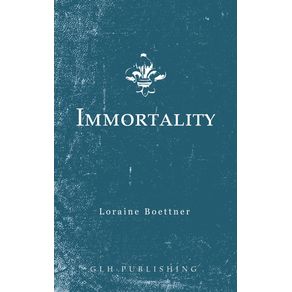 Immortality
Immortality
GLH Publishing
R$ 99,72 à vista Jesus and the Hope of the Poor
Jesus and the Hope of the Poor
Wipf and Stock Publishers
R$ 144,11 ou até 2x sem juros The Joy Of Breathing
The Joy Of Breathing
Gal Einai Institute
R$ 99,36 à vista After Life
After Life
Leal Publisher, Inc.
R$ 114,41 ou até 2x sem juros The Real Cowboys & Aliens
The Real Cowboys & Aliens
John LeMay
R$ 122,70 ou até 2x sem juros Christ the Liturgy
Christ the Liturgy
Angelico Press Ltd
R$ 161,01 ou até 3x sem juros Benzedura Ancestral: Saberes de ontem para o hoje bendito
Benzedura Ancestral: Saberes de ontem para o hoje bendito
Instituto Cultural Umbanda Eu Curto
R$ 39,00 à vista At the Foot of the Mountain
At the Foot of the Mountain
Wipf and Stock Publishers
R$ 126,19 ou até 2x sem juros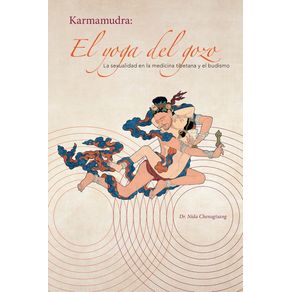 El yoga del gozo
El yoga del gozo
SKY Press
R$ 171,53 ou até 3x sem juros Holy Bible
Holy Bible
Providence Press
R$ 250,13 ou até 3x sem juros Sigils
Sigils
Green Magic
R$ 138,06 ou até 2x sem juros Time to Tear Down and a Time to Build Up
Time to Tear Down and a Time to Build Up
Wipf and Stock Publishers
R$ 128,76 ou até 2x sem juros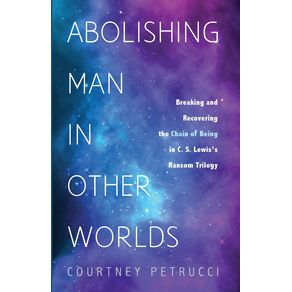 Abolishing Man in Other Worlds
Abolishing Man in Other Worlds
Wipf and Stock Publishers
R$ 74,47 à vista Irish Witchcraft from an Irish Witch
Irish Witchcraft from an Irish Witch
Eel & Otter Press
R$ 128,00 ou até 2x sem juros Rightly Dividing the Word
Rightly Dividing the Word
Kessinger Publishing
R$ 166,50 ou até 3x sem juros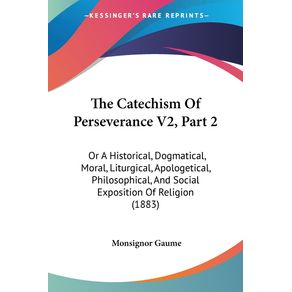 The Catechism Of Perseverance V2, Part 2
The Catechism Of Perseverance V2, Part 2
Kessinger Publishing
R$ 198,08 ou até 3x sem juros LIVING MAGICAL ARTS
LIVING MAGICAL ARTS
Thoth Publications
R$ 165,47 ou até 3x sem juros Creation, Power and Truth
Creation, Power and Truth
SPCK Publishing
R$ 112,88 ou até 2x sem juros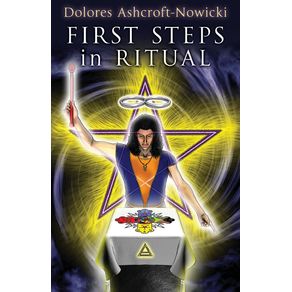 FIRST STEPS IN RITUAL
FIRST STEPS IN RITUAL
Thoth Publications
R$ 142,61 ou até 2x sem juros Gospel of Mary of Magdala
Gospel of Mary of Magdala
Polebridge Press
R$ 268,57 ou até 3x sem juros The Real Cowboys & Aliens
The Real Cowboys & Aliens
John LeMay
R$ 122,70 ou até 2x sem juros